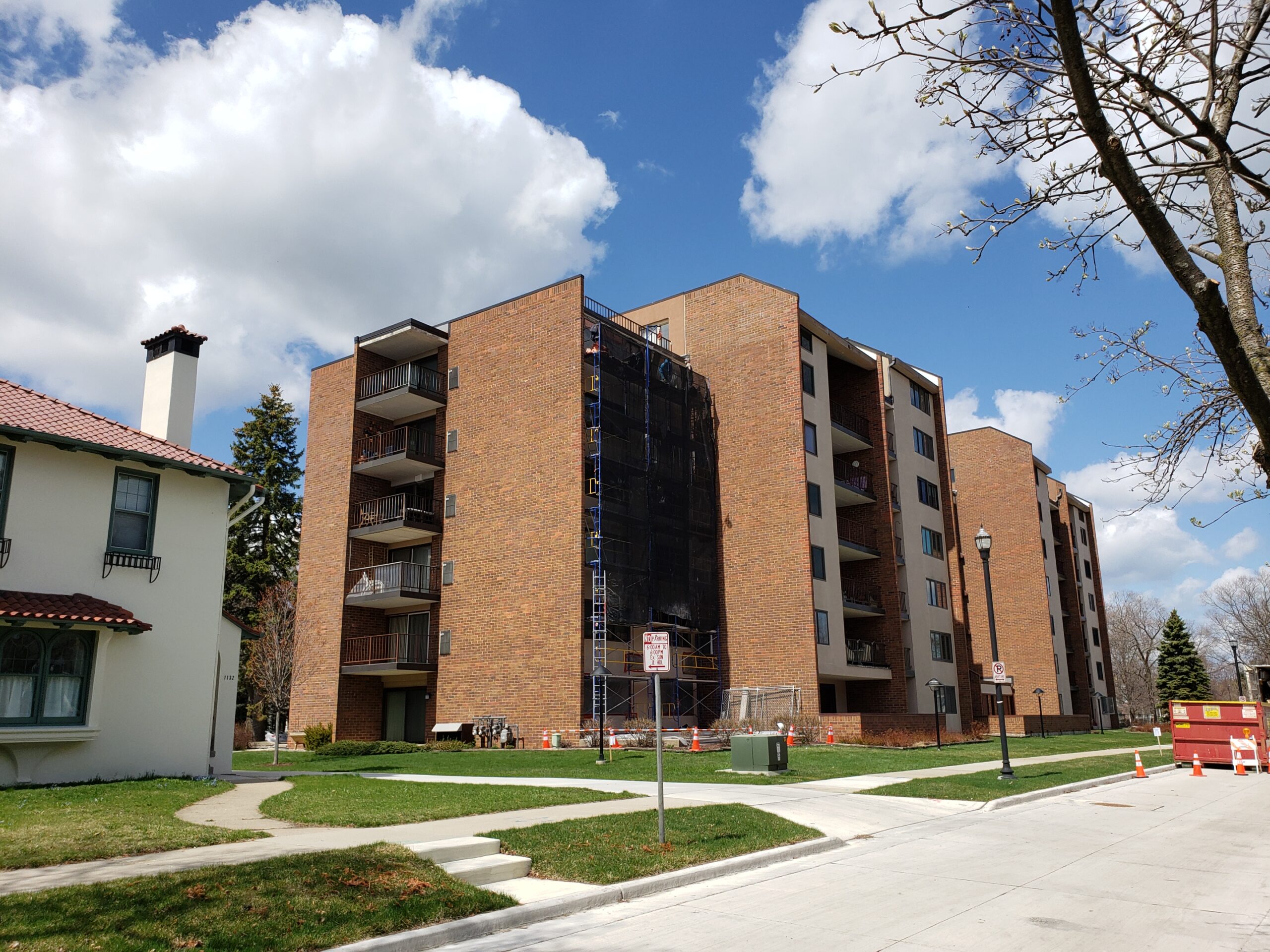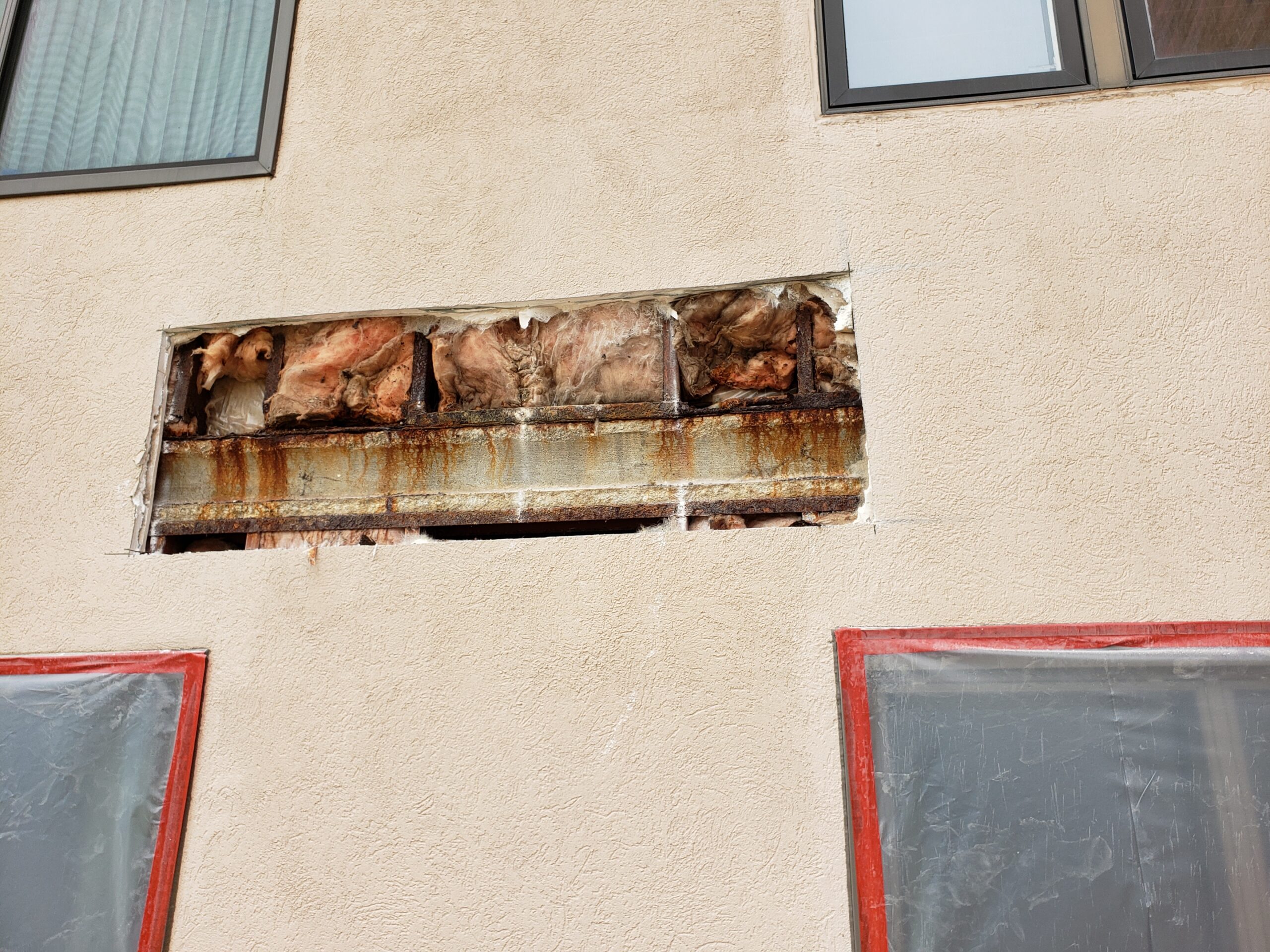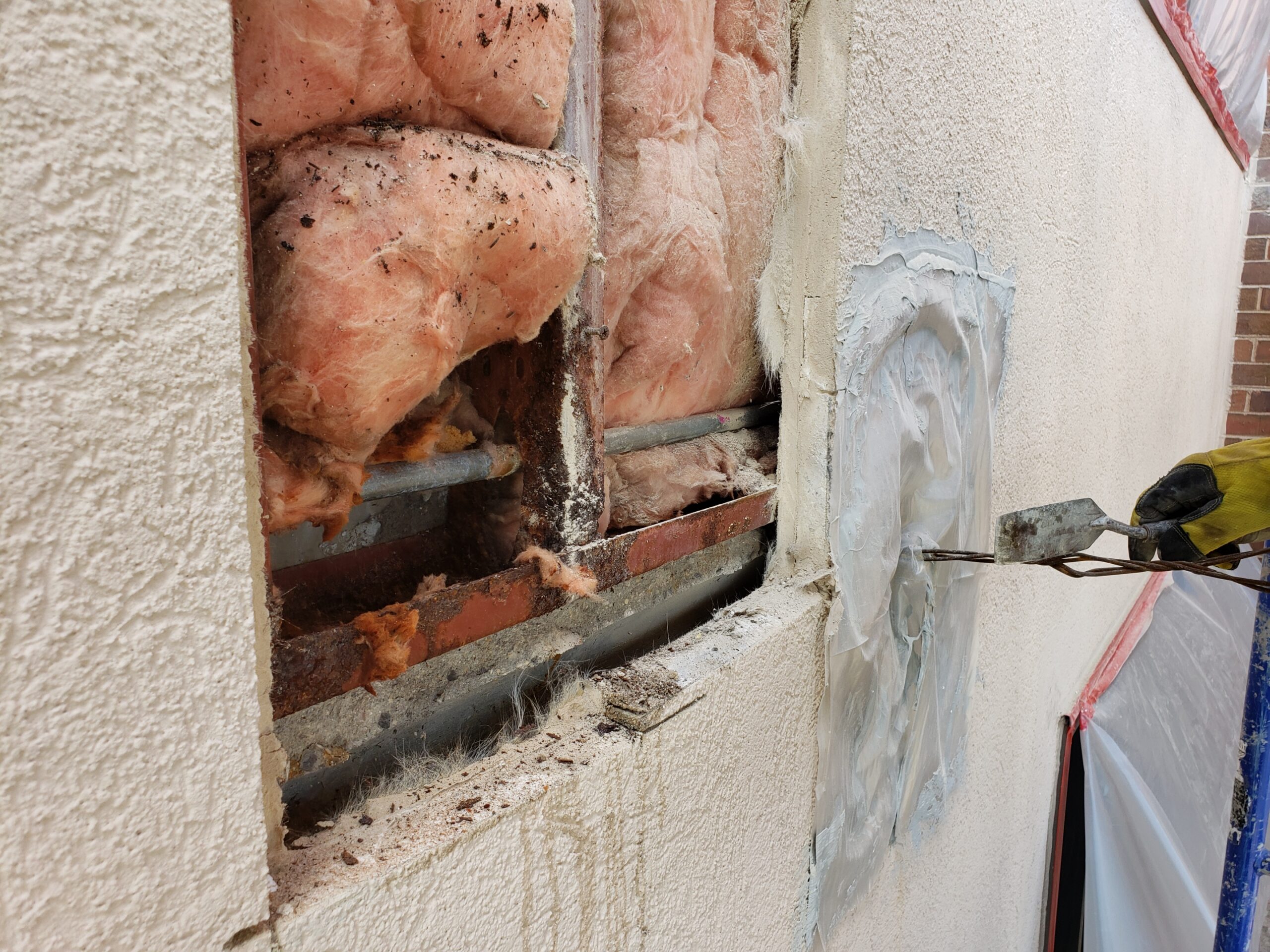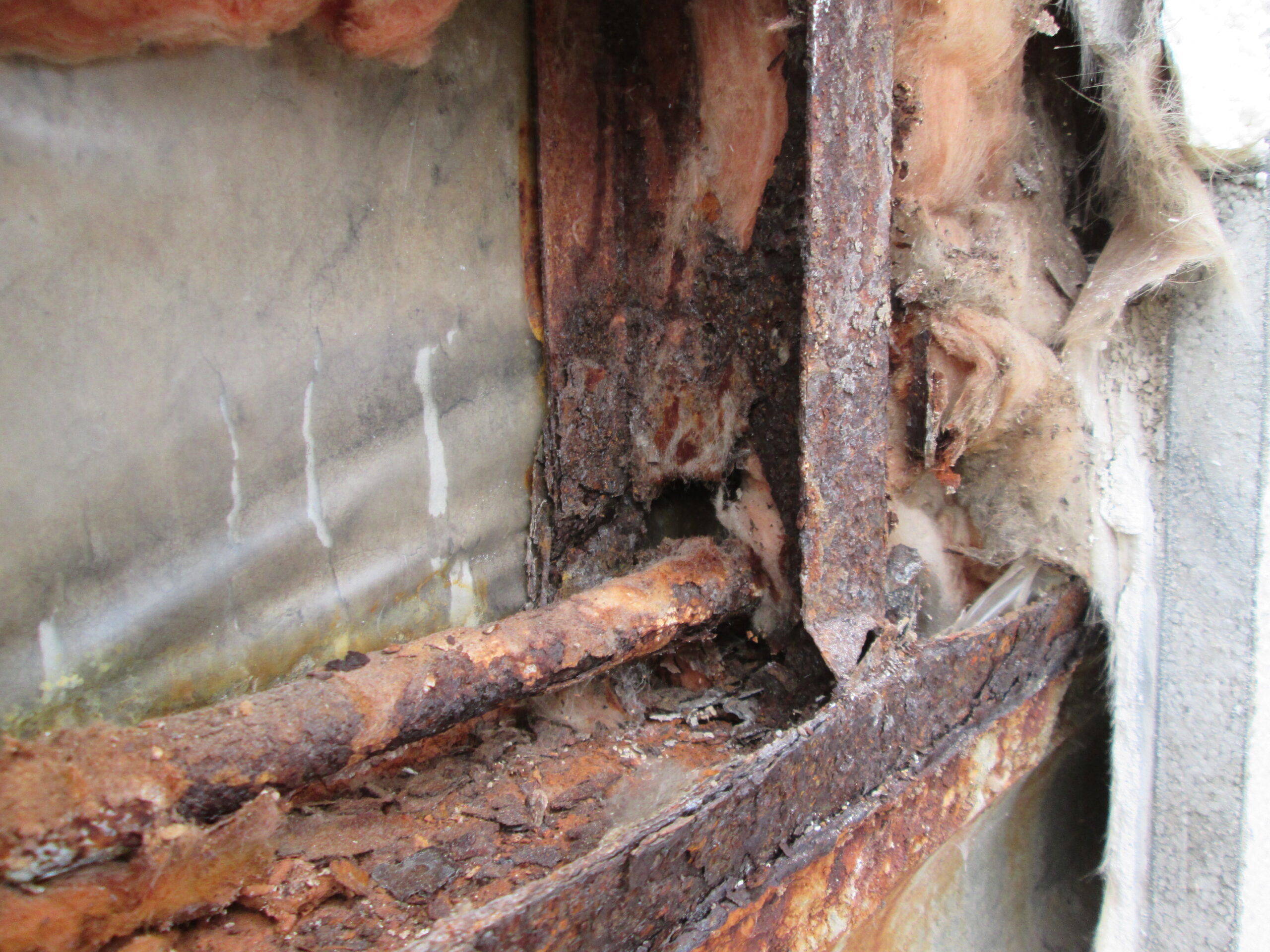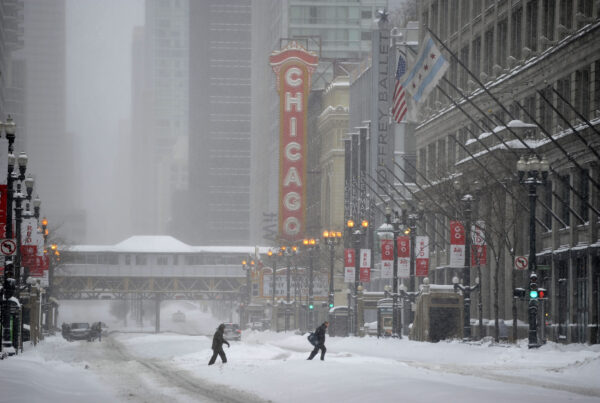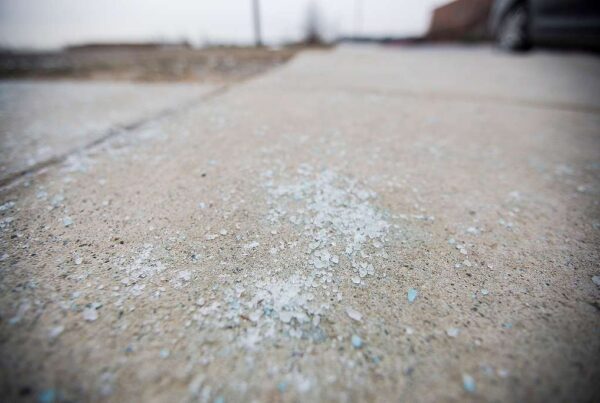Introduction:
When it comes to building structures, moisture poses a significant threat that often remains unseen until extensive damage is done. This blog post explores a real-life scenario where moisture-related issues were discovered during a project involving exterior wall repair. We will delve into the consequences of unchecked moisture, highlighting the importance of thorough inspections and proactive measures in preserving the integrity of buildings.
Background:
A condominium association enlisted the expertise of WEC to provide specifications for repairing the exterior walls of their building. As part of their standard procedure, WEC began by conducting LiDAR scans of the entire building’s exterior. This innovative scanning technique enabled us to gather hyper-accurate measurements and square footages, facilitating the generation of drawings and specifications necessary for project bidding.
The Menace of Moisture:
What started as a routine EIFs (Exterior Insulation and Finish Systems) replacement soon revealed a more extensive issue. During the inspection process, invasive openings brought to light significant moisture-related problems. Water, being the most detrimental element affecting buildings, when left unaddressed, can cause severe deterioration of structural elements, posing risks to both owners and tenants.
The Unseen Consequences:
The previous cladding system employed was a barrier system, relying solely on the outer layer for waterproofing the wall. As cracks and sealant failures developed over time, moisture infiltrated the cladding system, remaining trapped within. Gradually, the water began to saturate and degrade the gypsum sheathing board, permeating the metal framing and accumulating in the lower track of the base plates. This persistent moisture led to extensive corrosion of the metal framing, with sections rusting away and leaving large portions of the wall structurally unsupported. Astonishingly, all of this destructive moisture and corrosive action had gone unnoticed by the building owners.
Conclusion:
The case described here serves as a cautionary tale, emphasizing the perils of unchecked moisture in building structures. It underscores the importance of comprehensive inspections to uncover hidden issues and mitigate potential risks. Moisture-related damage, if left untreated, can compromise the structural integrity of buildings and jeopardize the safety of occupants. By adopting proactive measures, including regular inspections, effective waterproofing systems, and timely repairs, building owners can safeguard their investments and ensure the longevity of their structures.
